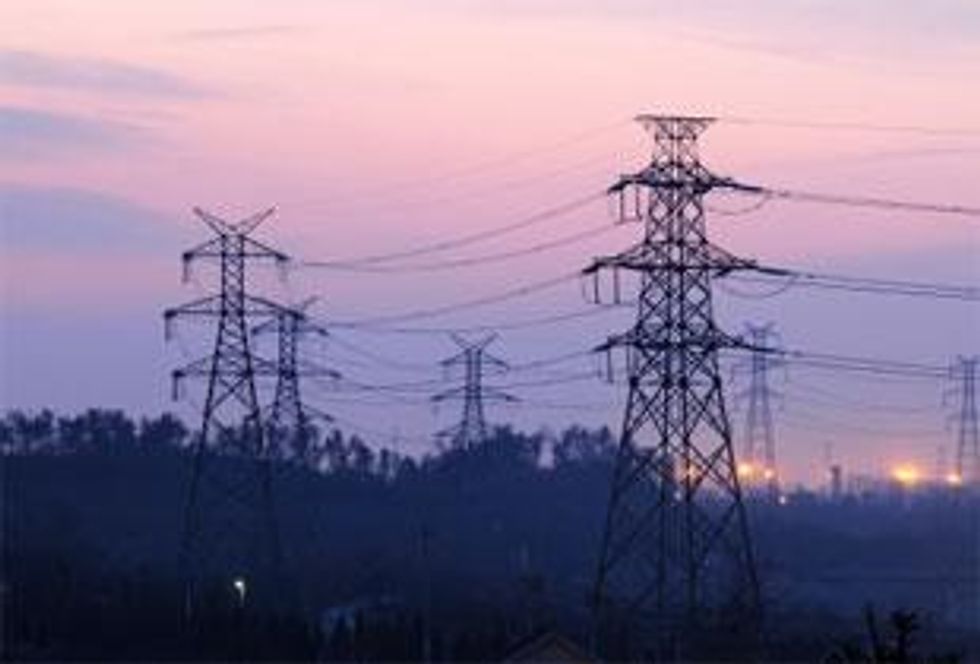Following China’s announcement plans for a pilot carbon trading project and the eventual roll-out into a national carbon market this past week, it raised, again, the question of where coal will fit within China’s electricity supply.
By James Wellstead – Exclusive to Coal Investing News
As China announced plans for a pilot carbon trading project and the eventual roll-out into a national carbon market this past week, it raised, again, the question of where coal will fit within China’s electricity supply.
While the report released by the National Development and Reform Commission (NDRC) gave no details of the deadlines or how the plan would work, the Commission previously stated that it hoped to start a carbon-trading pilot project in a few major cities by 2013 and expand it nationally in 2015. Xie Zhenhua, NDRC vice-minister and a top climate official, commented that China is planning on providing more incentives for the development of energy-conservation technologies and products. Furthermore, he noted the central government also planned to speed up the establishment of a standardized system for energy saving and environmental protection, and tighten regulations on identifying and labelling low-carbon products.
Good thing, as the Chinese have plenty of room to improve on emission efficiency within their electricity sector. As of 2009, the electricity sector of China was the number one source of CO2 emissions due to the fact that about 78 percent of electricity generation comes from coal. In the face the heavy carbon footprint of the electricity sector, a carbon market has become only one part of the Chinese government’s unprecedented and ambitious plans for energy efficiency and climate change reduction efforts most recently outlined in the 12th Five Year Plan in March of this year.
But despite these comprehensive central policy priorities, questions remains as to how successful China will be in de-carbonizing its energy demand while also reducing energy consumption through technological and market instruments.
China’s success in this two-pronged pursuit relies upon three characteristics driving the evolution of its electricity sector. The magnitude of electricity demand growth, the transition from an industrial to a consumer-based economy, and a strong reliance upon coal are the specific factors that make China’s challenge unique.
In a recent article in the journal Energy Policy, the authors discussed how these three factors could be best tackled in the short-term by focusing on more comprehensive reforms within the regulatory and institutional mechanisms informing the function of the electricity sector. While ‘hard’ technologies like carbon capture and storage (CCS), nuclear and renewable energy projects are important in the long-run within China, jurisdictional conflicts between provincial and central governments over, most significantly, ratemaking and planning are manifesting in delayed increases in demand-side measures as well as supply-side policies to achieve both efficiency and environmental priorities set out in policies like the 12th Five Year Plan.
One critical development from this has been the persistent challenge of creating linkages within regional transmission and distribution networks which lead to muted incentives for private sector entities to fund and employ cost-efficient technologies and finding ways to integrate and distribute existing renewable sources (primarily wind and hydroelectric) within the markets.
As China’s electricity sector continues to evolve away from a heavy industry-based economy towards a consumer-based economy, it will require an electricity grid that is capable of providing a strong base load source (primarily achieved through coal or nuclear), while also finding ways to adapt to load-following and peak generation production which are characteristic of residential and commercial electricity markets that could potentially be filled by renewable sources.
Sorting out these institutional and regulatory challenges on issues like ratemaking and planning will be important in moving toward efficiency and environmental priorities. The authors of the same Energy Policy article also noted that energy demand growth will be critical in determining whether or not China is able to meet its goals of reducing the amount of CO2 produced per unit of GDP by 40-45 percent as well as increasing renewable to 15 percent of the energy mix.
However, even if that 15 percent target is met by 2020, depending on the assumptions various energy growth forecasts for 2020 (ranging from 6,692 to 11,245 TWh), the share of coal generation would shift from 78 percent in 2009, to 65 percent in the lower demand case and 79 percent in the high demand case in 2020. This means that the prospect for reductions in carbon emissions could instead increase unless significant efforts are made to introduce energy and carbon efficiency measures within the electricity sector. If not, it is likely traders will have plenty of credits to trade come the opening bell of China’s carbon markets.
